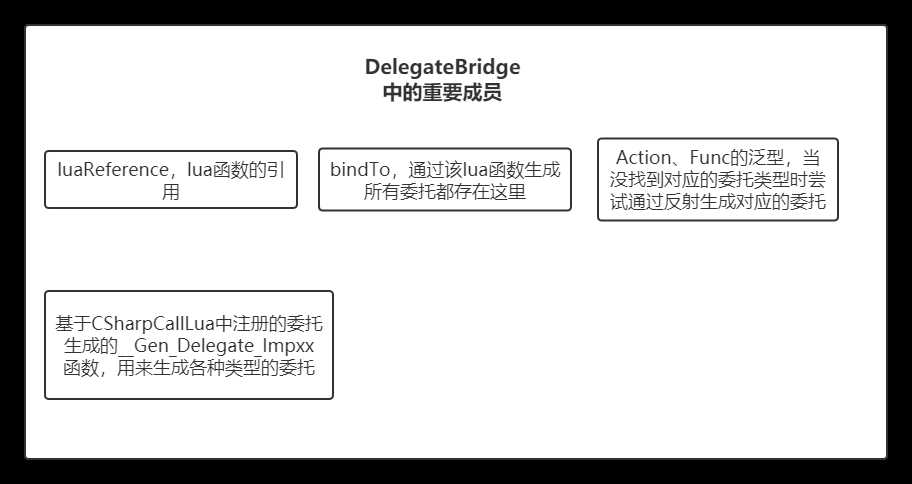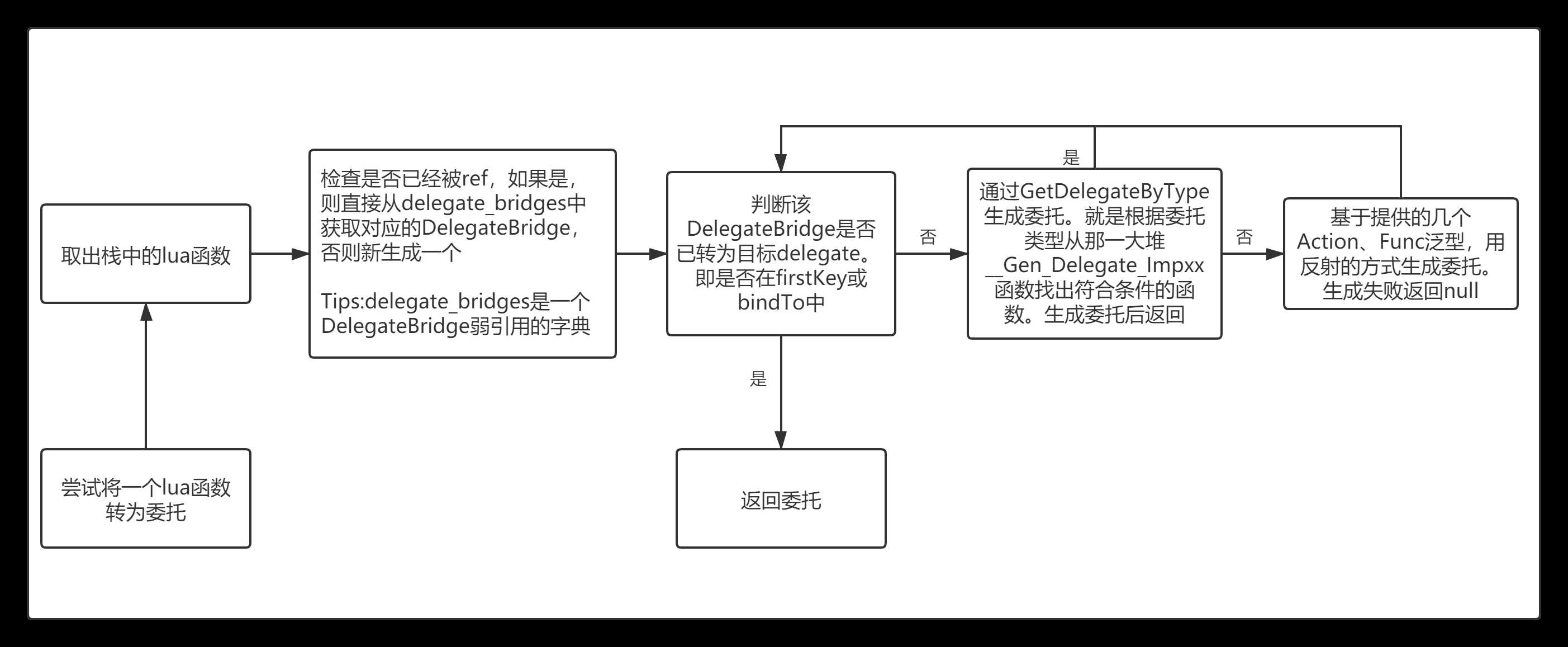标签:方法 function floor 初始化 htm short 自己 本质 val
基础类型
#define LUA_TNIL 0
#define LUA_TBOOLEAN 1
#define LUA_TLIGHTUSERDATA 2
#define LUA_TNUMBER 3
#define LUA_TSTRING 4
#define LUA_TTABLE 5
#define LUA_TFUNCTION 6
#define LUA_TUSERDATA 7
#define LUA_TTHREAD 8
变体(或者说子类型)
/*
** tags for Tagged Values have the following use of bits:
** bits 0-3: actual tag (a LUA_T* value)
** bits 4-5: variant bits
** bit 6: whether value is collectable
*/
/*
** LUA_TFUNCTION variants:
** 0 - Lua function
** 1 - light C function
** 2 - regular C function (closure)
*/
/* Variant tags for functions */
#define LUA_TLCL (LUA_TFUNCTION | (0 << 4)) /* Lua closure */
#define LUA_TLCF (LUA_TFUNCTION | (1 << 4)) /* light C function */
#define LUA_TCCL (LUA_TFUNCTION | (2 << 4)) /* C closure */
/* Variant tags for strings */
#define LUA_TSHRSTR (LUA_TSTRING | (0 << 4)) /* short strings */
#define LUA_TLNGSTR (LUA_TSTRING | (1 << 4)) /* long strings */
/* Variant tags for numbers */
#define LUA_TNUMFLT (LUA_TNUMBER | (0 << 4)) /* float numbers */
#define LUA_TNUMINT (LUA_TNUMBER | (1 << 4)) /* integer numbers */
/* Bit mark for collectable types */
#define BIT_ISCOLLECTABLE (1 << 6)
??lua中的对象都是用TValue来描述的,TValue中的tt_成员变量代表着这个TValue的类型。关于类型的具体定义,上面贴的代码中的注释中已经讲的比较清楚了。
??一个lua对象的类型是由一个7位的bits描述的。比如一个整数,这个对象的类型就是0011000(24)表示这个对象是数字类型中的整形,是一个不可回收对象。
??和c语言和lua交互其实没啥本质区别,就是通过lua提供的c函数操作lua栈,直接从栈中取就可以了。区别在于如何把取到的值转换为c#认识的值。
??lua的类型中boolean、string、number这几个类型是clr所认识的类型,所以clr就可以直接把这些类型拿过来用。具体就是直接调用Lua提供的lua_tonumber之类的c接口。
??lightUserData、table、function、userData、thread是C#不认识的类,需要通过某种标识(lua自带的reference系统)来表示。
??这三个类上面已经说过了,直接用提供的接口转就可以,下面写几个需要注意的点:
LUA_API lua_Integer lua_tointegerx (lua_State *L, int idx, int *pisnum) {
lua_Integer res;
const TValue *o = index2addr(L, idx);
int isnum = tointeger(o, &res);
if (!isnum)
res = 0; /* call to ‘tointeger‘ may change ‘n‘ even if it fails */
if (pisnum) *pisnum = isnum;
return res;
}
/*
** try to convert a value to an integer, rounding according to ‘mode‘:
** mode == 0: accepts only integral values
** mode == 1: takes the floor of the number
** mode == 2: takes the ceil of the number
*/
int luaV_tointeger (const TValue *obj, lua_Integer *p, int mode) {
TValue v;
again:
if (ttisfloat(obj)) {
lua_Number n = fltvalue(obj);
lua_Number f = l_floor(n);
if (n != f) { /* not an integral value? */
if (mode == 0) return 0; /* fails if mode demands integral value */
else if (mode > 1) /* needs ceil? */
f += 1; /* convert floor to ceil (remember: n != f) */
}
return lua_numbertointeger(f, p);
}
else if (ttisinteger(obj)) {
*p = ivalue(obj);
return 1;
}
else if (cvt2num(obj) &&
luaO_str2num(svalue(obj), &v) == vslen(obj) + 1) {
obj = &v;
goto again; /* convert result from ‘luaO_str2num‘ to an integer */
}
return 0; /* conversion failed */
}
??userData主要是lua对c#对象的引用,这里只简单说一下。
??代表c#对象的userData主要分两种。
??这两个类型都是通过lua的reference系统来让c#持有对lua对象的引用。
??c#就是通过这个系统来持有不认识的lua对象的。
??一共就两个接口:
??这样就可以用一个整数来让lua外的环境持有这个lua对象。
具体可以看下官方说明lua References
??所有lua对象在c#中的基类,在初始化时通过luaL_ref生成lua对象的引用,在析构时通过luaL_unref移除引用。
??一般情况下table在C#中被包装为LuaTable类,没啥特别的,只是在LuaBase的基础上增加了几个常用的函数。比如Get、Set之类的,让开发者可以避开一些不直观的栈操作。
??这几个都差不多。都是把table中的key和value全部拿出来,组成Array或Dictionaray。
??这两种转型是尝试把这个table看作对应的接口或类。
??比如将一个table转为IEnumberator就是把table转为SystemCollectionsIEnumeratorBridge类(继承了LuaBase、实现了IEnumerator的类,由Xlua生成),这个类实现了MoveNext和Reset。实现方法就是调用一下table中对应名称的函数。
??lua函数在c#中有两种表示:
??LuaFunction和luaTable差不多,也是在LuaBase的基础上增加了几个常用函数,Call、Action之类的。
??为什么已经有LuaFunction还要一个DelegateBridge类?
??因为我们在c#中拿到一个lua函数时,大多数时候是要作为一个委托来时用的。DelegateBridge就是用来化简这个转型操作的。
??DelegateBridge的功能就是在持有lua函数引用的同时,将这个函数包装成各种各样的委托,让整个转型过程对开发人员无感知。
??下面是一个不使用DelegateBridge,自己转型的例子,比较繁琐:
//将一个LuaFunction作为一个Action<int>使用
//其实LuaFunction.Cast就是干这个的,这里只是用简单的方式表达出来
public static Action<int> LuaFunctionToActionInt(XLua.LuaFunction luaFunction)
{
//由于luaFunction已经提供了Call操作封装了函数调用的各种栈操作,所以我们这里只需要用一个Action<int>把这个操作包装起来即可
return (x) =>
{
luaFunction.Call(x);
};
}
public static void Test()
{
XLua.LuaEnv luaEnv = new XLua.LuaEnv();
object[] rets = luaEnv.DoString("return function(x) CS.UnityEngine.Debug.LogError(\"print x: \"..x) end");
var luaFunction = (XLua.LuaFunction)rets[0];
Action<int> actionInt = LuaFunctionToActionInt(luaFunction);
actionInt(10);
}


??这里主要写了常用lua类型转型的简介和一些关键点。可能不够全面和细节。
??如果有什么错误或者问题可以在下面留言。
标签:方法 function floor 初始化 htm short 自己 本质 val
原文地址:https://www.cnblogs.com/blueberryzzz/p/13066922.html